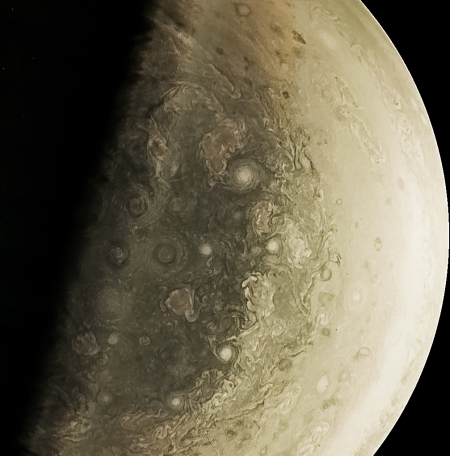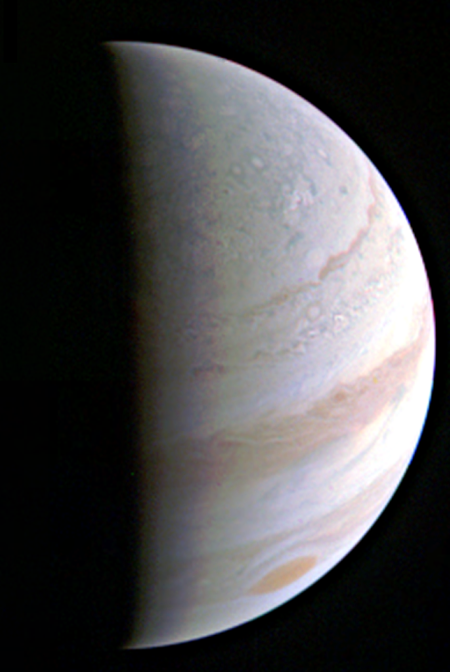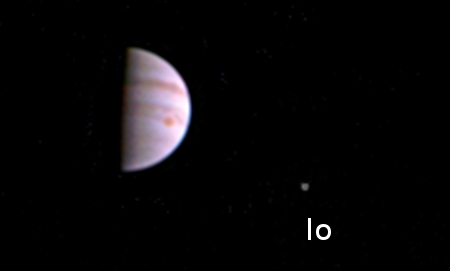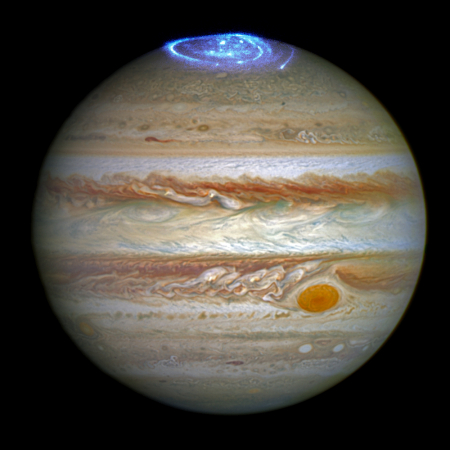Juno completes third Jupiter flyby
On December 11 Juno successfully completed its third close flyby of Jupiter.
They have released one quite spectacular image taken during the close approach. Expect more to follow soon.
Though they continue to say that they are still considering firing the spacecraft’s main engine to lower and shorten the orbit, I am getting the impression that they are increasingly leaning to leaving things as they are. While this longer orbit will produce larger gaps in their data of the gas giant’s atmosphere (53 days between close approaches versus 14 days), it will also allow them to tract changes over a much longer time period. Considering the risk of a catastrophic failure should they fire the questionable engine, this choice seems quite reasonable.
On December 11 Juno successfully completed its third close flyby of Jupiter.
They have released one quite spectacular image taken during the close approach. Expect more to follow soon.
Though they continue to say that they are still considering firing the spacecraft’s main engine to lower and shorten the orbit, I am getting the impression that they are increasingly leaning to leaving things as they are. While this longer orbit will produce larger gaps in their data of the gas giant’s atmosphere (53 days between close approaches versus 14 days), it will also allow them to tract changes over a much longer time period. Considering the risk of a catastrophic failure should they fire the questionable engine, this choice seems quite reasonable.









